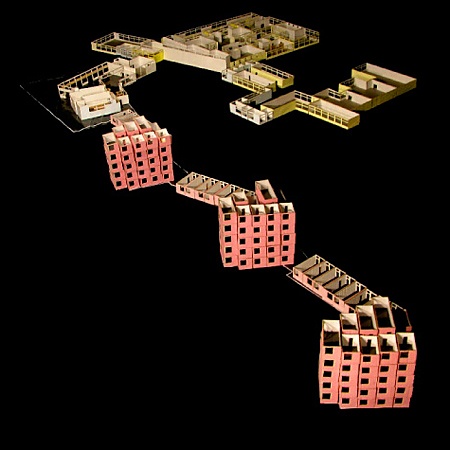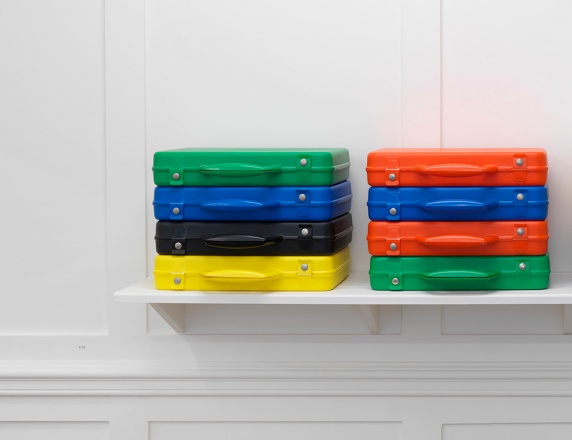2006/07 Interaction of Architecture
During their first year our students participated in the campaign to save the department from closure. Contemporary values and methods of design education are being seriously challenged as education is increasingly justified in quantitative terms. The questions that formed the core of C20th design education – the connections between the different fields of design, the relationship to industry and technology, abstract versus applied knowledge, are now real choices that need to be made by design institutions. Or do they? Can we think imaginatively and radically about new possibilities for the future of design education?
The unit explored the architecture in which these issues can be played out: how adjacency, similarity, closure and simplicity, being the ways in which we are able to perceive groupings, patterns and complex wholes, allow architecture to make communicative environments.
The year’s project was a new design school on the outskirts of Cambridge. A design school can be a vehicle for questioning the relationship of the production of our environment to the ideas we have for our society. As a form of utopia, a school provides the opportunity to suspend certain economic and political contingencies, to create a space in which current design orthodoxies can be challenged. As an architectural project, the programme deals with the need for a complete environment, from studios, workshops and offices to dining hall and gardens, in which to work, meet and relax.
Students: Pooja Agrawal, Aretousa Bloom, Ceri Edmunds, Peter Hanson, Alison Hesketh, Helena Jaconelli, Ranald Lawrence, Ang Li, Rachel O’Grady, Liliana Shanbhag, Natasha Shea, Philip Shelley, Amy Tillson, Yun Wu
Tutors: David Kohn and Tom Emerson
Related Projects
More Teaching Projects
 Future of Collaboration
Future of Collaboration Porto Academy 2022
Porto Academy 2022 2019/20 AA Diploma
2019/20 AA Diploma 2012/13 Constructor Course
2012/13 Constructor Course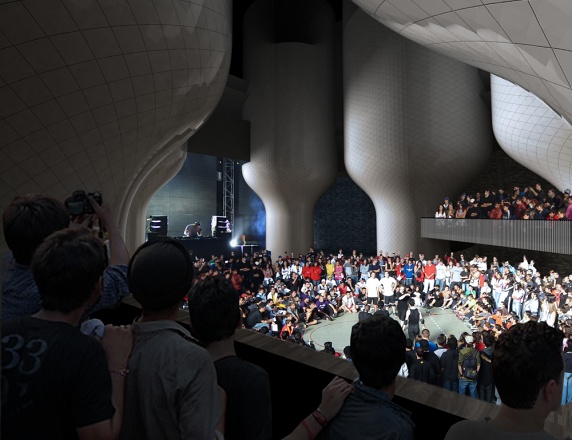 2010/11 Art/House/Power
2010/11 Art/House/Power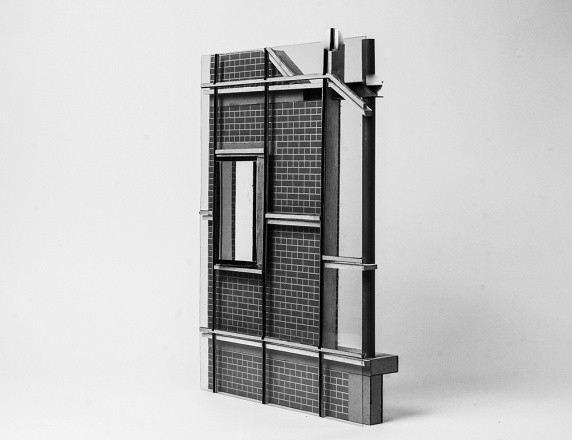 2014/15 City Details
2014/15 City Details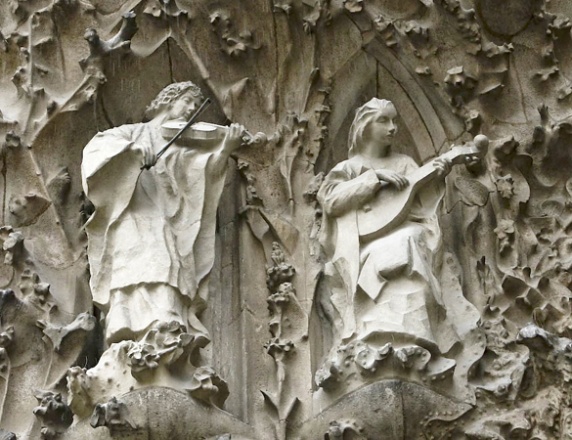 2009/10 Worlds Within Worlds
2009/10 Worlds Within Worlds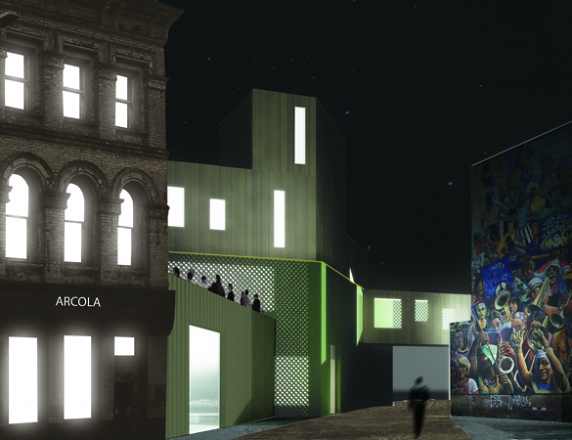 2008/09 A Contemporary Theatre
2008/09 A Contemporary Theatre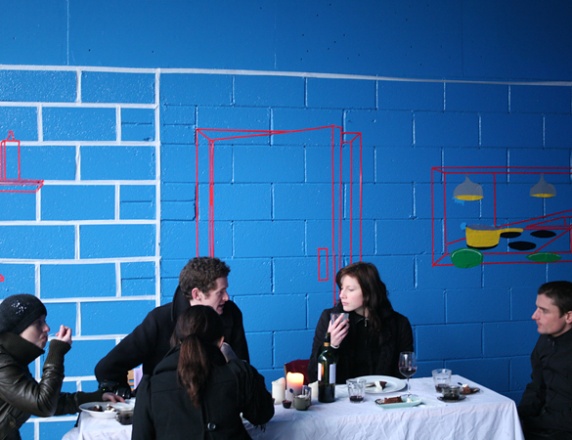 2007/08 Social Gravity
2007/08 Social Gravity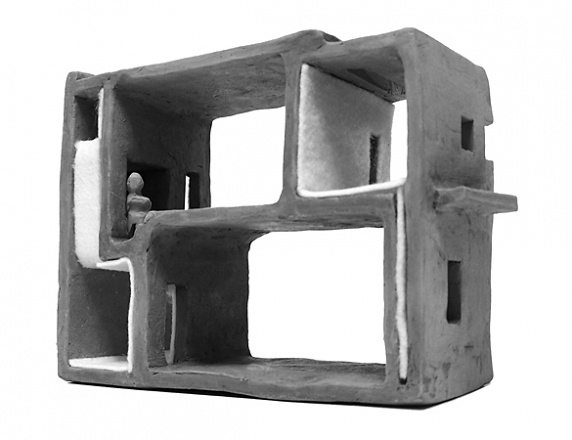 2006/07 Play for Today
2006/07 Play for Today 2019 Girona Masters Workshop
2019 Girona Masters Workshop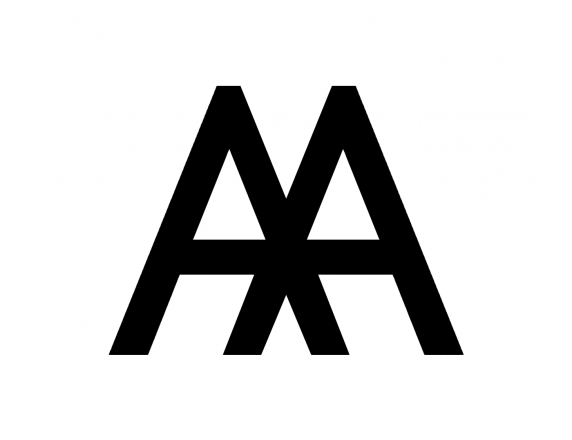 2020/21 AA Diploma
2020/21 AA Diploma 2021/22 The Future of Collaboration
2021/22 The Future of Collaboration